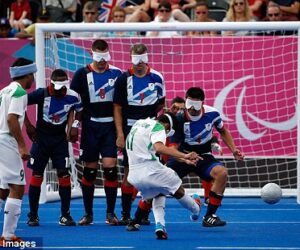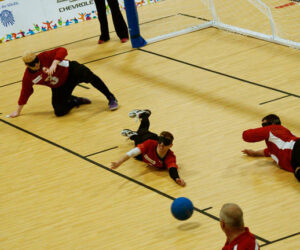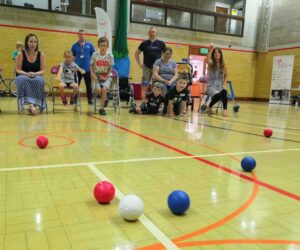Who says people with disabilities cannot do sports like cycling? Para-cycling is an adapted sport for those who have a disability and want to be a cyclist. The feeling of riding a bike with two or three wheels is incredible.
Para-cycling has a long developmental journey since the 1980s. It was started with visually impaired riders who competed in tandem with sighted partners. This game was qualified for New York Paralympic Games in 1984.
This sport has different events such as road or track races. Road events include Road Race (women and men), Individual Time Trial (women and men) and Handcycling team relay (women, men or mixed events), and Track Events include Tadem Sprint (women and men), Team Sprint (women and men or mixed events), 500m Time Trial (women and men) or Kilometer Time Trial (women and men), Individual Pursuit (women and men), Scratch Race (women and men). Road Worlds Championships, Paralympic Games, and World Cup are the main events that compete at Track races.
This game can be an indoor or outdoor game raging from less than 200 or over 400 meters in length. The surfaces can make from different materials such as wood, tarmac, or concrete.
The bikes are as follow:
Bike
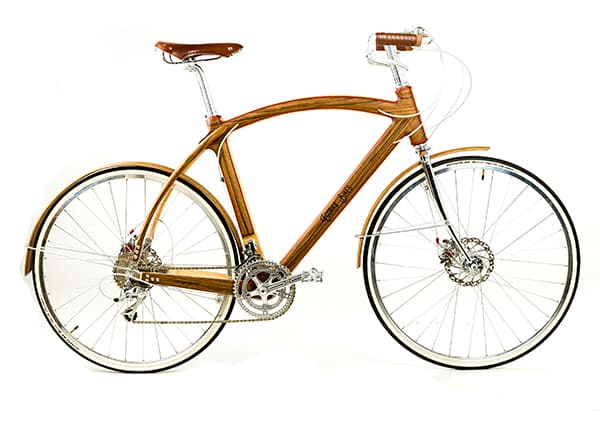
It’s a typical bike for para-cycling cyclists based on their disability. The cycle will be adapted.
Tandem
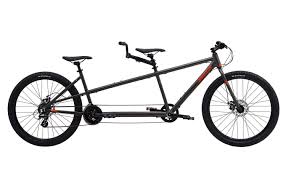
The Tandem bike is for cyclists with vision impairment which the pilot is always in the front, and the stoker is on the back.
Tricycle
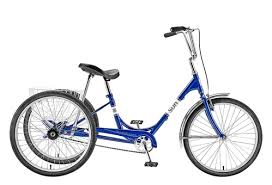
This kind of bike is proper for cyclists with cerebral palsy, neurological conditions, or unable to ride bicycles.
Handcycle
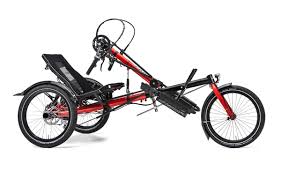
This kind of bike is proper for those riders whose impairments affect their legs or a combination of the upper and lower limbs.
Based on WHO and many health research, Cycling has various benefits, such as reducing the risk of cancers, heart diseases, and diabetes. It strengthens the muscles and increases flexibility. This sport also improves balance disorders, focus, and coordination between the brain, eyes, and the whole body. Regular training not just helps the body strengthening; it also supports mental health improvements. Para-cycling is an active and energetic sport that can make an enjoyable time for athletes. So, this sport, as a parasport, has many benefits for those people with disabilities.
Who is eligible for para cycling?
Riders, based on their abilities and their appropriate classifications, can be a part of this community. Not all people with any impairments, but the followings can be in the para-cycling community:
- Ataxia
- Athetosis
- Hypertonia
- Impaired muscle power
- Impaired passive range of movement
- Leg length difference
- Limb deficiency
- Vision Impairment
Classification of Para-cycling
There are different main classifications for para-cycling:
H1-5 (Handcycling)
This classification includes the athletes who have impairments affecting either legs or a combination of the upper and lower limbs.
- H1: is for people with tetraplegia with severe upper limb impairment to the C6 vertebra
- H2: is for people with tetraplegia with minor upper limb impairment from C7 thru T3
- H3: is for people with tetraplegia with impairment from T4 thru T10
- H4: is for people with paraplegia with impairment from T11 down and amputees unable to kneel
- H5: is for athletes who can kneel on a handcycle, a category that includes paraplegics and amputees
T1 and T2 (Trike/Tricycling)
This classification is for the athletes with Cerebral Palsy or those who have neurological conditions that make riding impossible.
C1-5 (Cycling)
C is the classification that refers to those cyclists with physical impairments that prevents them from competing in able-bodied competitions but still suing a standard bicycle. Cerebral palsy and Amputees are such impairments that can affect the cyclists’ competitions and classifications.
- C1: severe hemiplegic or diplegic spasticity; severe athetosis or ataxia; bilateral through knee amputation, etc.
- C2: moderate hemiplegic or diplegic spasticity; moderate athetosis or ataxia; unilateral above-knee amputation, etc.
- C3: moderate hemiplegic or diplegic spasticity; moderate athetosis or ataxia; bilateral below the knee or unilateral through knee amputation, etc.
- C4: mild hemiplegic or diplegic spasticity; mild athetosis or ataxia; unilateral below the knee or bilateral below elbow amputation, etc.
- C5: mild monoplegic spasticity; unilateral arm amputation (above or below elbow), etc.
B (Blindness/Visual impairment)
The B classification refers to the cyclists with Blindness or visual impairments who compete on a tandem bike with the pilot.
Para-cycling may differ from Cycling in some dimensions, but this sport’s feeling is much different and better for para cyclists. Because para-cycling is a challenge for people with disabilities, success in this challenge gives them a good sense of ability, empowerment, happiness, and independence.
What do you know about Para-swimming and its excellent CP benefits?

